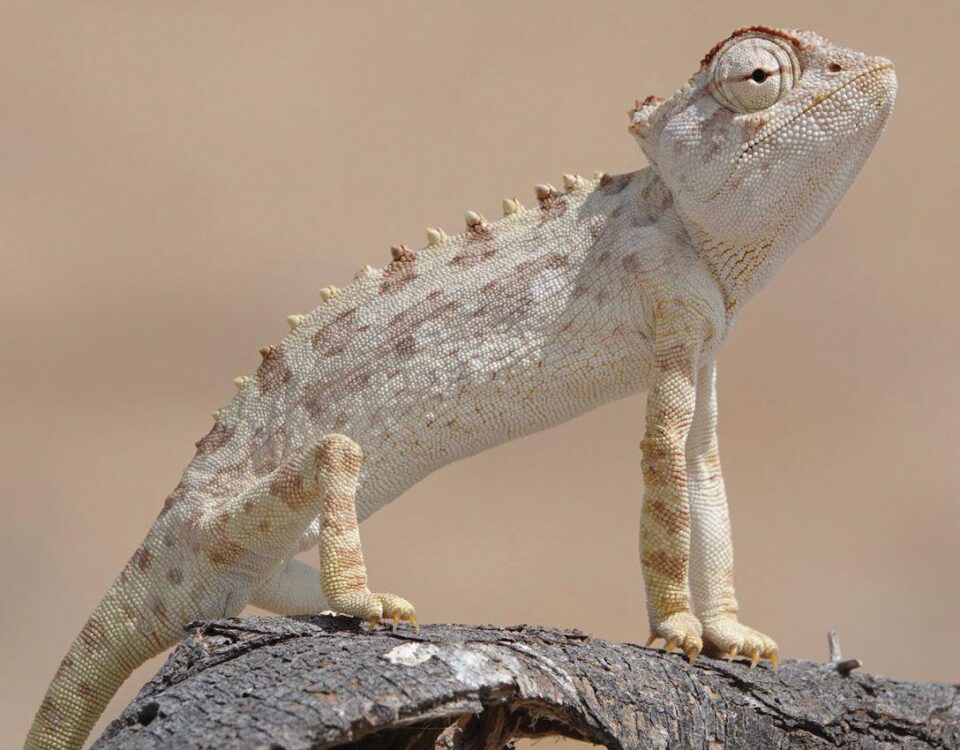Jan Oelofse becomes a legend in conservation
June 20, 2012Sharing Zambezi and Chobe’s fish
June 21, 2012The 2012 Markhor Award for Outstanding Conservation Performance has been won jointly by the Ministry of Environment and Tourism (MET) and the Namibian Association of CBNRM Support Organizations (NACSO).
In the notification letter addressed to the Environment Minister Netumbo Nandi-Ndaitwah, the International Council for Game and Wildlife Conservation recognized the outstanding conservation performance of Namibian Communal Conservancies as a jointly supported programme of the Ministry and of NACSO.
In the nomination for the MET and NACSO, Chris Weaver, Director of WWF in Namibia, stated that “The sustainable use of wildlife has been a strong catalyst to the recovery of wildlife in communal areas of Namibia, as participating conservancies have been quick to recognize that wildlife is more valuable alive than poached. As a result, poaching has become socially unacceptable and game numbers have staged remarkable recoveries in most areas where conservancies have operated for a period of time.”
In giving the Award to the MET and NACSO for the Namibia Communal Conservancy Movement, the International Council for Game and Wildlife Conservation took note that the introduction of communal conservancies in Namibia, and their growth, had “initiated a paradigm shift in community attitudes towards wildlife.”
In the 1980’s, as a result of drought and rampant poaching, wildlife populations were under extreme threat. Now, in contrast, wildlife is seen as a growing asset by rural communities.
Through the Markhor Award, the International Council for Game and Wildlife Conservation honours conservation projects that link human livelihoods with the conservation of biodiversity.
The Award recognizes and celebrates outstanding conservation performance that links the conservation of biodiversity and human livelihoods through the application of the principles of sustainable use, in particular hunting, as part of wildlife and ecosystem management.
The award is granted every two years at the Conference of Parties to the Convention on Biodiversity, which was adopted in Rio de Janeiro in 1992, and to which Namibia is a signatory.
Communal conservancies are required by the MET to have a sustainable game management plan, according to which game may be harvested for trophy hunting, live capture and sale, and for distribution as meat.
Sustainable harvesting results in viable and managed wildlife populations, which have have grown exponentially in communal conservancy areas since independence.
The MET has promoted this recovery by translocating large numbers of animals to communal conservancies. Since the onset of the translocation programme in 1999, the MET has moved more than 8,300 head of game to communal conservancies.
Notably, some of the wildlife moved include previously endangered or valuable species, such as black rhino, sable antelope, black faced impala, and giraffe. The translocation of these valuable animals to conservancies is an indicator of the confidence the MET places in the Communal Conservancy Programme that is jointly, supported by the MET and NACSO.
The work of the MET and NACSO in supporting the Namibia Communal Conservancy Movement has led to a widespread and sustained growth of wildlife populations in Namibia, where communal conservancies have grown from 4, in 1998, to 76 in 2012, covering almost 19 percent of the country. The income from sustainable hunting pays for conservancy salaries – including game guards – and places many conservancies on a sound financial footing.
INTERESTING FACT:
The name ‘Markhor”comes from Pakistan’s threatened mountain goat species, of which population numbers have multiplied 25 times in recent years because of sustainable hunting tourism. Income from hunting has benefited the local people and increased their interest in conserving wildlife.


